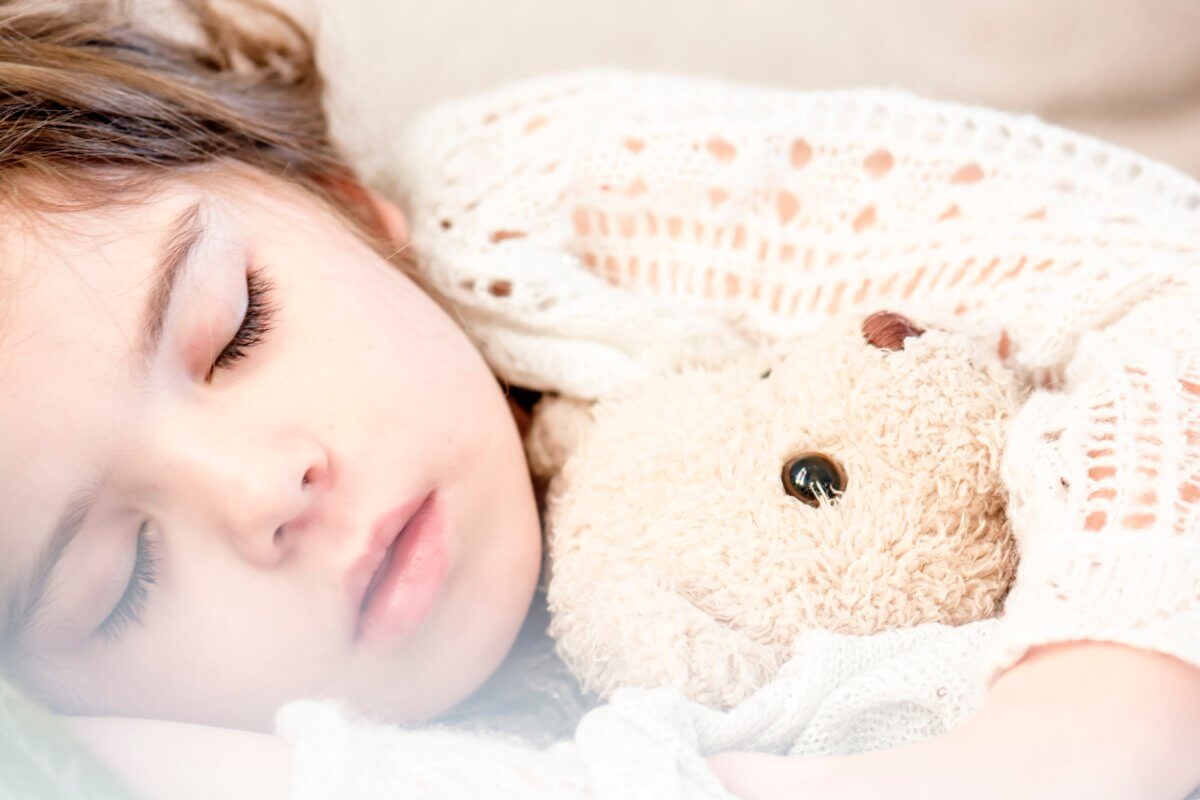
We are only a few months into the school year and already two of my daughter’s classmates have pink eye! Can you tell me more about the infection, how it is spread, and ways to make sure my children aren’t infected?
What is Pink Eye?
Pink eye, also known as conjunctivitis, is an inflammation or infection of the transparent membrane that lines the eyelid and part of the eyeball. This membrane, known as the conjunctiva, is usually clear. However, if irritation or infection occurs, it can become red, swollen, and uncomfortable.
The cause of pink eye is commonly a viral or bacterial infection or an allergic reaction. Allergic conjunctivitis is usually a reaction to irritants such as animals, pollen, chemicals such as the chlorine found in pools, and cigarette smoke. Though the pink, itchy eyes are indeed uncomfortable, allergic conjunctivitis is not contagious, and the symptoms will fade once the irritant is removed.
Most cases of conjunctivitis are caused by viral infections. However, both viral and bacterial conjunctivitis are very contagious, which is why early diagnosis and treatment is the best way to limit its spread.
Identifying
Pink eye may develop and show symptoms in one or both eyes. The most common symptoms include redness, itchiness, a gritty feeling, discharge that forms a crust during the night, and/or tearing. In the case of conjunctivitis caused by a virus, there is no simple “cure” – the infection simply must run its course while the body fights it off.
Healing Process
The good news is, a case of viral conjunctivitis typically goes away in seven to 10 days, and children can usually return to school in three to five days. While those days can be very uncomfortable, non-prescription remedies such as warm or cold compresses can help to alleviate some of those symptoms. Unlike pink eye due to a viral infection, pink eye that is caused by bacteria can be treated by antibiotics, and the child can return to school 24 hours after an antibiotic has been started, provided that symptoms have improved.
The best way to avoid the discomfort of pink eye is to prevent the infection from occurring at all. Practicing good hygiene is the best way to control its spread. Make sure that that hand washing is frequent as her fingers will no doubt be near her eyes several times a day. Although hand-to-eye contact is the most common mode of transmission, objects such as make-up applicators or other instruments that touch the eye area can also carry conjunctivitis from one eye to the other.
There’s no need to panic; pink eye is a minor eye infection, but left untreated, it can develop into a more severe condition. If you suspect your child has pink eye, take her to the pediatrician as soon as possible, for her sake and for her classmates’ as well.













